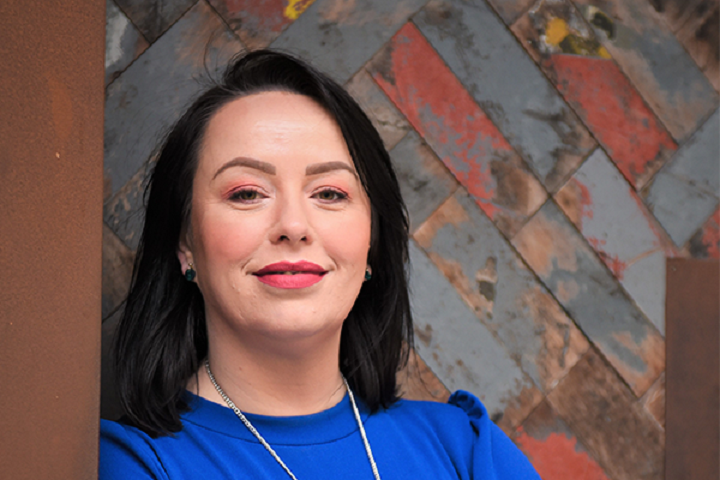
- Written by Sensata Technologies' Adriana Morvaiová, ahead of her speaking at this week's CIPD Northern Ireland Conference
I was asked about best approach for a business to take when building a diversity, equity & inclusion strategy from the ground up. Each organisation has a unique breakdown of values, demographics and approaches. Most organisations are diverse if you look beyond visible characteristics such as skin colour, disability or gender.
When you open conversations on neurodiversity, linguistic and cognitive diversity to lived experiences, a safe environment is created for people to engage. Yes, there are protected characteristics and groups that require our conscious effort to make changes and create fair opportunities. To be truly invested in inclusion and for it to work, we need to be ready to re-evaluate our opinions, welcome discomfort of doubt and foster the attitude that every disagreement is an opportunity to learn something.
“Jumping to conclusion leaves no space for inclusion.” This is a quote that I keep in mind daily. It serves to remind me that inclusion is the hardest task to master when working with diverse people but brings tremendous potential and rewards in form of an engaged workforce, increased innovation, better performance and wellbeing A successful strategy has leadership and is supported by everyone in the business.
Light the torch at the top and the people will follow the light
We look to our leaders for guidance and direction. Leading by example sets the tone for the rest of the organization. A leadership team, actively demonstrating inclusive behaviour and modelling attitudes drives a strong culture that embraces diversity and inclusion. We shouldn’t fully rely on HR to deliver and a full strategy.

Adriana Morvaiová, Team Development Co-ordinator Chair of D&I Council NI, Sensata Technologies
While HR can provide a strong vehicle for policy changes, recruitment strategies and training, we need to empower and engage the wider workforce to have an impact. In my experience, employee led initiatives that form organically as affinity groups or employee resource groups have a bigger impact. People feel more empowered to be part of the journey. There is no right or wrong way of doing it, if you are doing something.
D&I is not a tick box exercise
The temptation of having an all-encompassing strategy that covers a wide range of groups is tempting for many organisations starting out. The reality is that this approach can quickly crash with zero engagement. Before you start planning and building your strategy, gather some data to understand the demographics of your workforce.
Who do you represent? What are your largest groups? Gender, age and race are the groups with most readily available data. This is all visible data that can drive your initial ideas and engage people. Involve your workforce from the start. Communicate and create a safe space for open conversations. Spot your open champions. Sharing individual stories will encourage people to come forward and become champions for underrepresented groups. Reward and recognize people who step forward and lead the way.
How are you engaging your workforce?
As with every initiative, you need buy in from the top down. To engage each level throughout your organisation you need a clear understanding of the benefits for each individual. People have different values and needs they buy into. We have all the research and data to show the strong benefits of diversity to the organisation. It is all about the business performance and the benefits diversity brings to the table. But what about the workforce on an individual basis? In my opinion we need to switch the narrative.
Why do I want to be part of my organisations’ strategy? What’s in it for me?
- Tap into people’s desires for their personal and professional growth.
- Create a culture of belonging instead of fitting in.
- Introduce new creative ways to attract different people to engage.
- Create a safe space for difficult conversations and a respectful exchange of views.
- One to one conversation about DE&I may seem small but extremely powerful.
- Create recognition opportunities for the people who actively support the strategy
An organisation's impact on diversity, equity & inclusion lies within the everyday actions of its leaders and employees. What matters, are the actions we do when nobody is watching. Every voice, view and experience included and heard. Consistent everyday actions will ripple throughout the organization and effect the change that we desire.
Adriana Morvaiova is team development co-ordinator at Sensata Technologies and chair of D&I Council NI. She will be speaking at the online CIPD Northern Ireland Conference on 13 May – to find out more and book your ticket, visit the CIPD events website